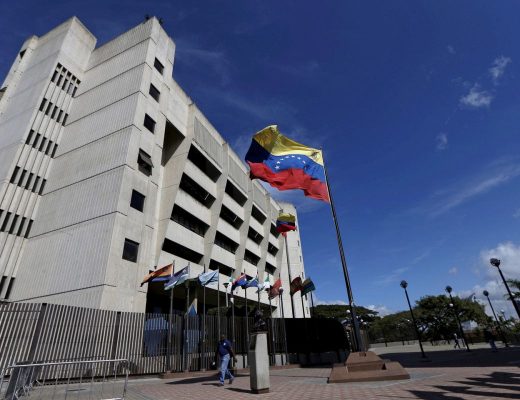Norway’s central bank notes the resilience of the local economy
Following an unprecedented rise in inflation, banks in many countries have tightened monetary policy. This has had a positive effect, and regulators have decided to review interest rates. The Norwegian Central Bank did not follow the European countries and left interest rates unchanged.
It is worth noting that the regulator has maintained the highest interest rates since 2008. Analysts expect the current level to remain in the spring of 2025. According to Kjetil Olsen of Nordea Bank, the regulator is not yet ready to ease policy, as it considers inflation to be persistently high. It will not fall below 3.2%. Experts point to the minimal unemployment figures as an argument for the effectiveness of the bank’s monetary measures. This points to the sustainability of the economy.
Economic drivers and challenges
The Norwegian economy has shown resilience in challenging times thanks to the oil and gas sector. The extraction and sale of fossil resources have grown significantly since the introduction of tax incentives during the pandemic. These measures have stimulated investment in the I, which has become a buffer that protects the economy from inflationary pressures.
The growth of the hydrocarbons segment had a positive impact on other processes in the country:
– wages grew by 5% for the second year in a row;
– higher household incomes fuelled consumption growth;
– the purchasing power of the population has exceeded pre-pandemic levels.
Norway’s purchasing power is one of the highest in Europe. By comparison, this indicator has fallen by 20% in Sweden.
Despite the positive economic trends, there are also threats. The key factor is a weak currency, which accelerates inflation. According to experts, the instability of the exchange rate could negatively affect the impartiality of the oil and gas sector. In addition, the Norwegian Central Bank’s monetary policy relies on the relationship between the local krone and global currencies. This peg puts pressure on the domestic market, as the exchange rate is highly dependent on global factors.
However, not everyone shares these concerns. According to Olsen, Norway’s imports are small compared to its exports. This means that currency fluctuations will not lead to a significant increase in inflation. In addition, the country’s economy is primarily dependent on domestic commodities.
The central bank plans to review the interest rate in the first quarter of 2025, and the regulator will likely lower it during this period. Four rate cuts to 3.7% are expected next year. However, Olsen believes there will only be two downward moves. The Norwegian economy is growing steadily, and there is no need to revise its current approach.










